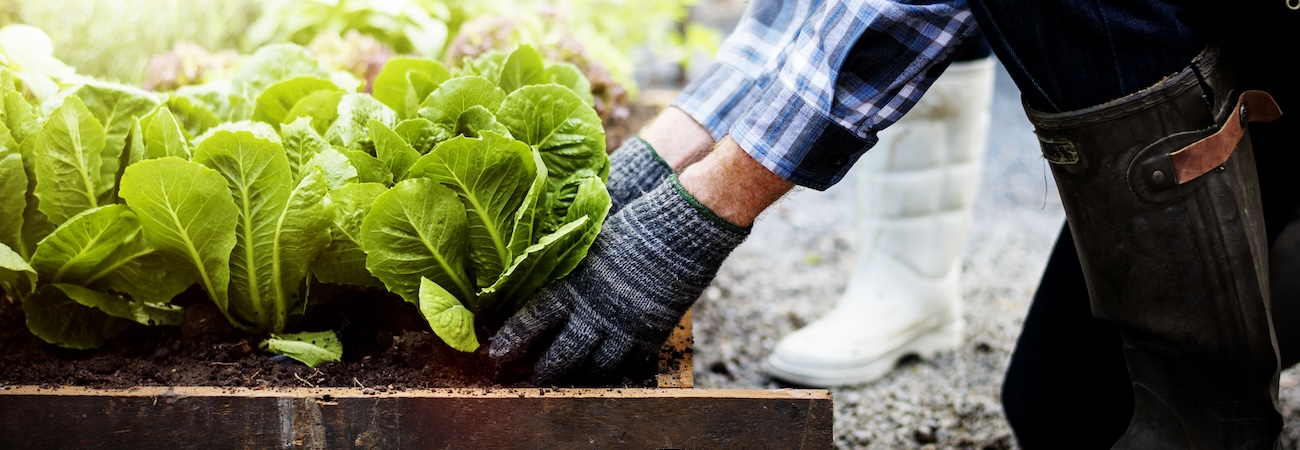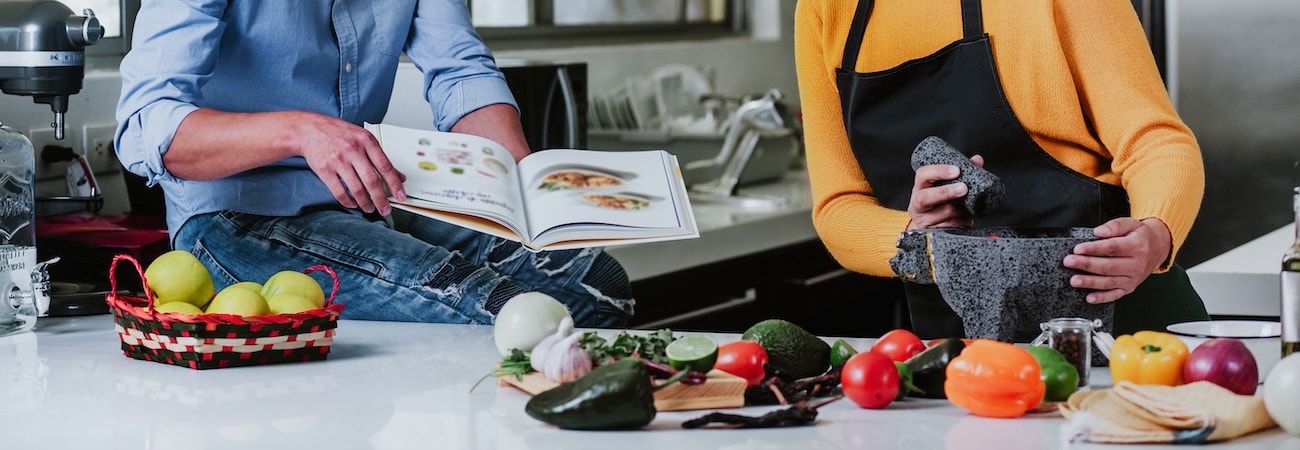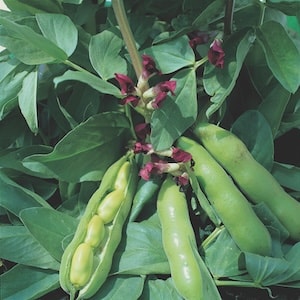
Ann’s Almanac – November
November is about so much more than bonfires and gunpowder. Autumn has taken hold and trees and shrubs are providing spectacular colour in our gardens. Kale, cabbages, beetroot and sprouts are holding court in the veg garden and the crab apples are begging to be picked and turned into jewel-coloured jelly. The days may be short and the nights long but, as with every other month, November brings with it many treasures and plenty of gardening jobs!
The focus for the November garden is protection. Cold weather has arrived, and tender plants need to be snug in the greenhouse or cloaked in protective fleece. Move containers into sheltered positions against house walls, and protect veg like chard and swede against frost and snow. Any remaining root vegetables like carrots and beetroot need to be lifted and stored before the soil becomes waterlogged or frozen. November is a lovely pause between autumn colours and the onslaught of Christmas. Enjoy the frosty mornings and make the most of every clear blue-sky day.
If there’s ice in November that will bear a duck,
There’ll be nothing after but sludge and muck.
– English folk-lore rhyme, first printed c.1876

Jobs to tackle this month
My top tasks for November include:
- Sow some windowsill herb seeds for the coming winter months.
- Salad leaves can also be sown now. In fact, sow every 3 weeks throughout the year and you’ll never again need to buy salad leaves. At this time of year try our Salad Leaf ‘Winter Mix’.
- In milder areas, broad beans can be sown for an early spring crop.
- Soft fruit, including rhubarb, can be planted now.
- After the first frosts, start to harvest your leeks, parsnips and Brussels sprouts.
- Bare root shrubs and trees will start to be delivered this month – the perfect time for planting.
- The beginning of November is still not too late to sow sweet pea seeds in rootrainers or other deep pots. The result will be strong plants bearing early blooms.
- Continue raking up fallen leaves and turn them into valuable leaf mulch.
- Secure grease bands around fruit trees to fend off the winter moth.
- A wet November day is the perfect time to give pots and seed trays a good clean ready for next season.
- Depending on where you live, your dahlias may still be flowering. Once they’re finished, wait for the first frost to blacken the stems before cutting down and lifting. Learn how to overwinter your dahlias here.

From plot to plate
Here are some of the delicious crops I harvest in November:
- Parsnips: As soon as you’ve had a frost, your parsnips can be harvested. Frost converts the starch into sugar, making the roots even sweeter. In days gone by, they were used to sweeten cakes, puddings and jams. The best way to store your parsnips is to leave them in the ground, only lifting what you’re going to use. More than a tasty addition to a Sunday roast, try eating them raw in salads and winter coleslaws. They make a delicious mash or can be deep fried in chunks as an alternative to potato chips. Chopped up small, parsnip also works well in a creamy risotto while larger chunks lend flavour to stews and curries.
- Celeriac: Not the most attractive of vegetables, its rich nutty flavour more than compensates! Needing a long growing season, seeds sown in March and planted out in May will be ready for harvest from October through to December when other veg is in short supply. It will store in the bottom of the fridge for several weeks but is best left in the ground until needed. Just protect the roots from frost with fleece or straw. One of the easiest ways to use celeriac is in a delicious smoky-flavoured mash with potato. For a change, add some cooked apple and double cream to the mash and then serve with pork. Other ways to use celeriac include roasting chunks in hot oil with chopped sage, turning it into soup with onion, leek and blue cheese, or deep-frying shavings to make flavoursome crisps.
- Horseradish: Invest in some horseradish roots and you’ll never again reach for a ready-made jar on the supermarket shelf. Horseradish is very easy to grow and, if left to its own devices, will spread and spread! A perennial root vegetable, horseradish looks a bit like parsnip, but the strong aroma identifies it clearly as a member of the mustard family. Most often served as a condiment alongside roast beef, horseradish roots are also used as a medicine for urinary tract infections, kidney stones, gout and other ailments.

Recipe of the month
Ann’s Roast Cabbage Wedges Recipe
You will need:
- 1 savoy cabbage, with the tough outer leaves removed (keep them for stock)
- 3 cloves of garlic, crushed
- 500ml vegetable stock
- A knob of butter
- 1tsp chilli flakes
Method:
- Cut the cabbage through the stem into six wedges.
- Melt the butter in a frying pan and fry the wedges until golden.
- Remover the wedges, and put them in a roasting tin, packed tightly together.
- Add the crushed garlic and chilli flakes to the frying pan. You may need a little more butter, and sizzle until the garlic is golden.
- Add the stock to the frying pan and mix everything together.
- Pour the liquid over the cabbage wedges in the roasting tin, and put in the oven at 200°C for about 20 minutes, or until the cabbage is tender.
Fancy growing something new?

We all have our favourites – tried and trusted varieties of fruit and veg that we grow each and every year. But it’s also fun to try something new. Here’s my suggestion:
Broad Bean ‘Crimson Flowered’ dates back to the 1700s and was thought to be extinct until 1978! Highly ornamental, the pretty crimson flowers have a lovely fragrance and look just as good in large containers, borders or the veg patch. What’s more, the multi-stemmed plants produce high yields of deliciously succulent beans.
You may also be interested in
- Flower seeds to sow in November
- Vegetable seeds to sow in November
- Ann’s allotment and gardening guide – October
- Ann’s allotment and gardening guide – December
Lead image: Parsnip Seeds – Tender And True from Dobies
